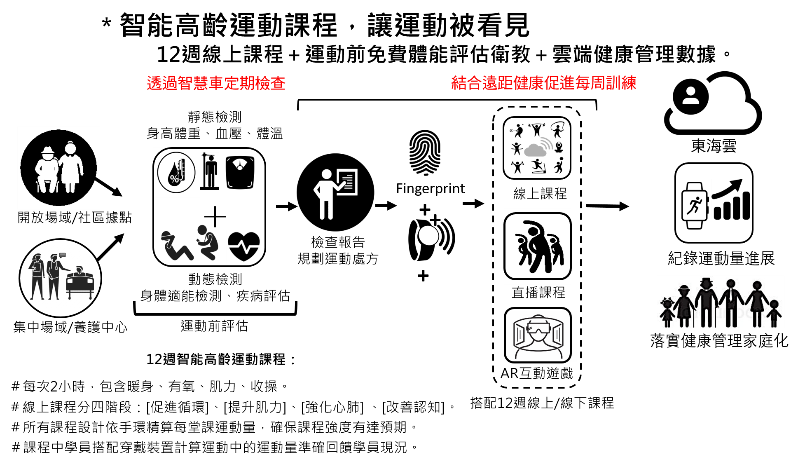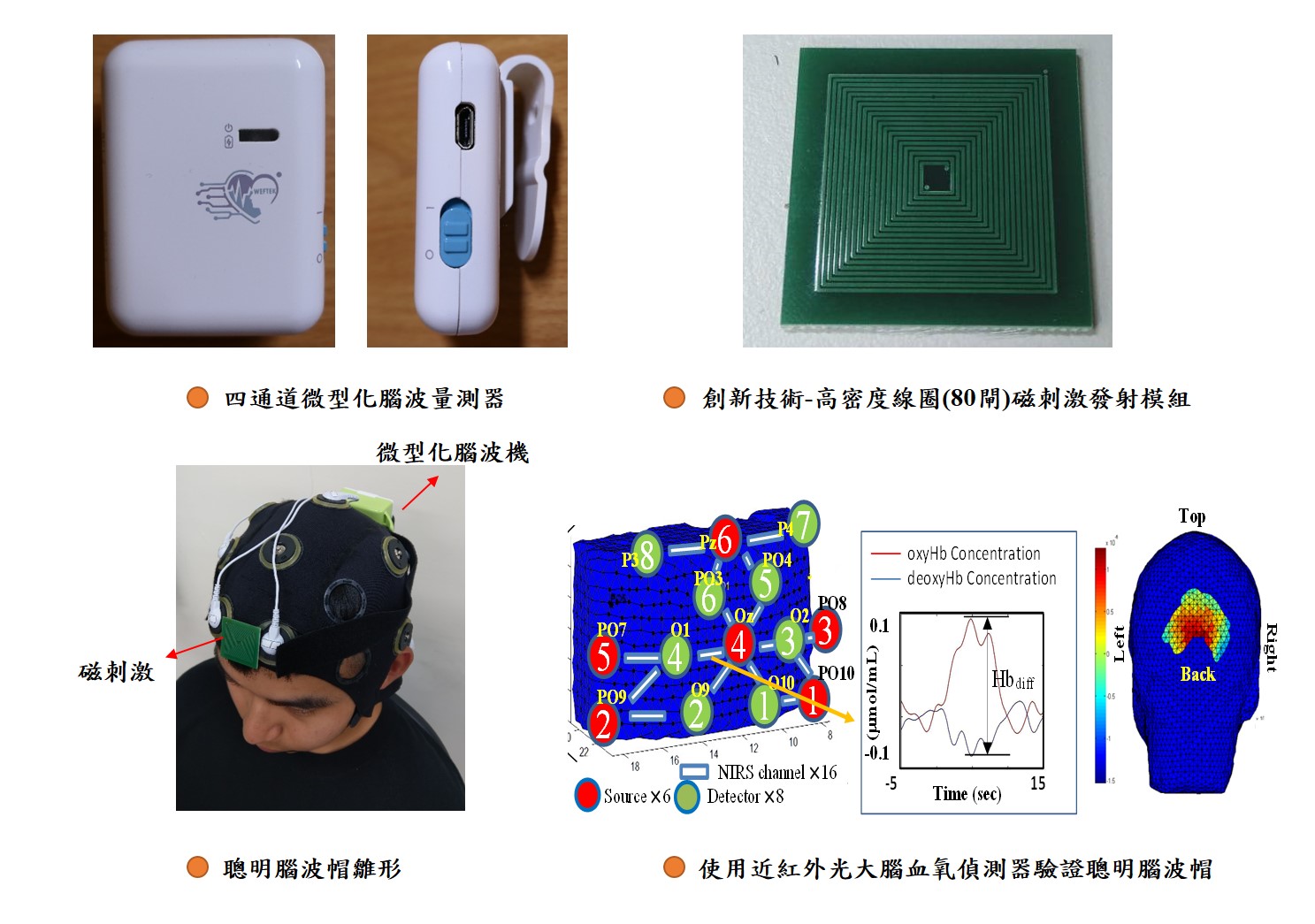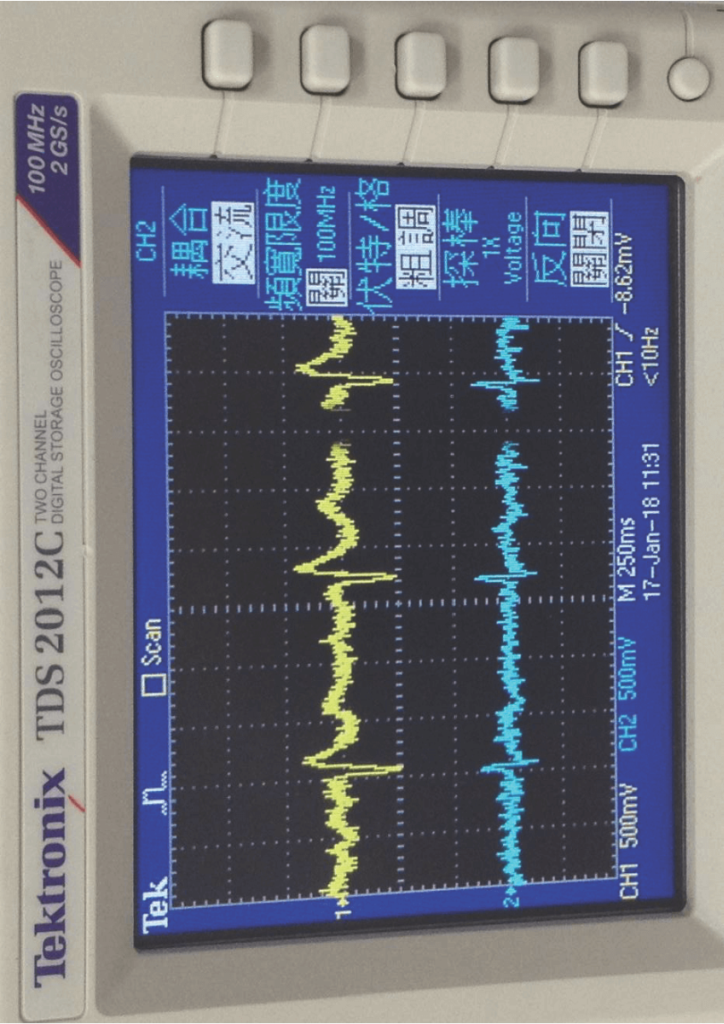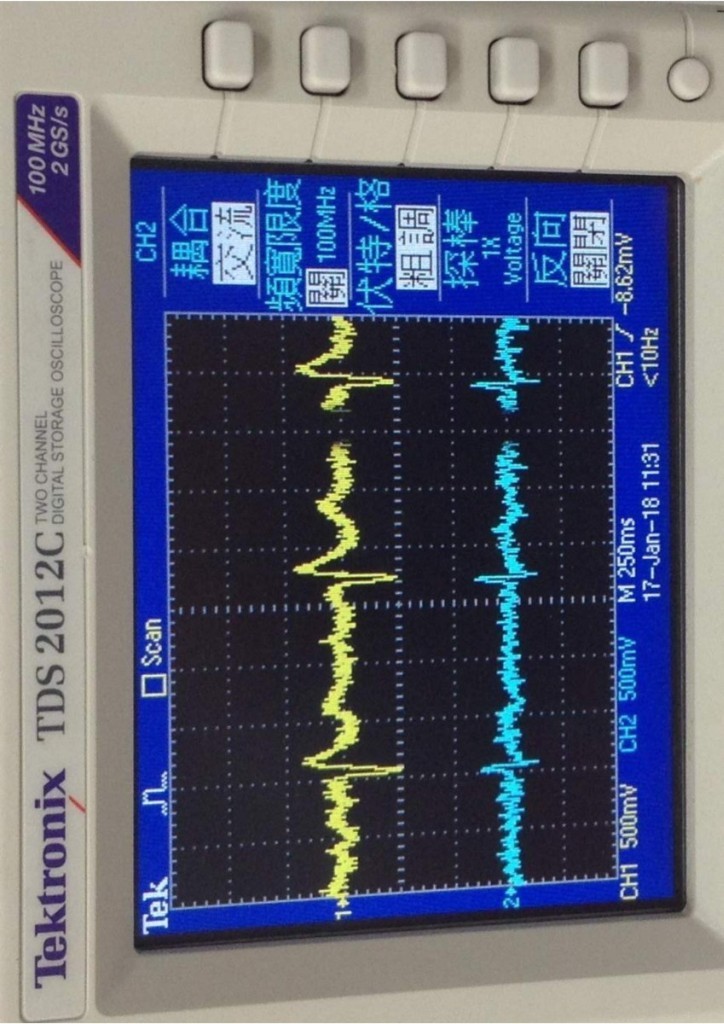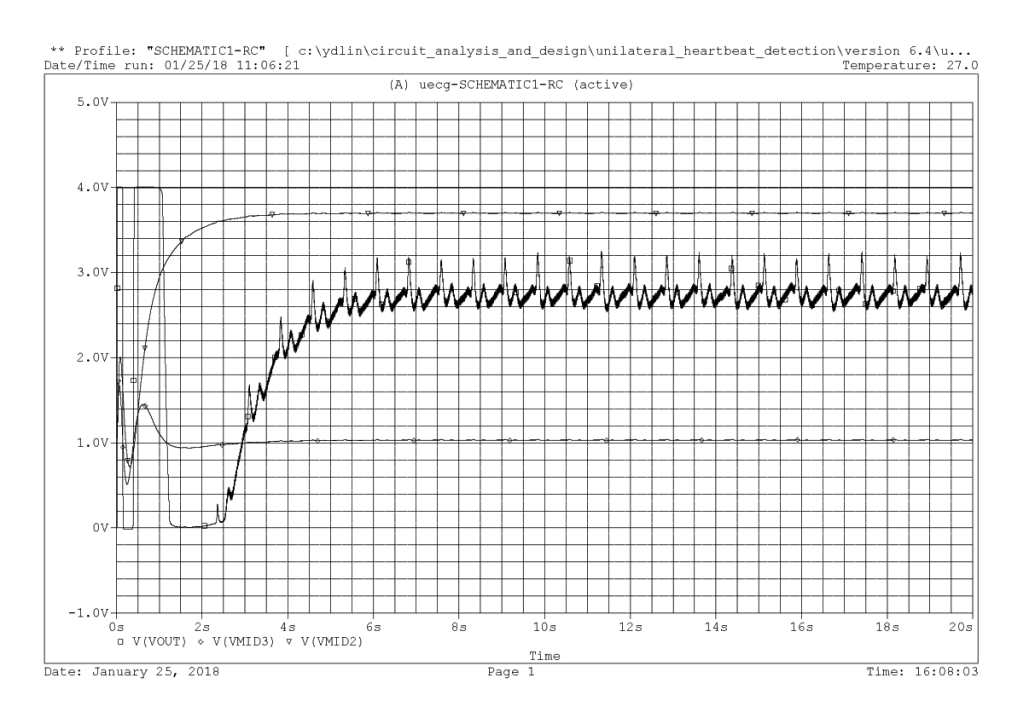| Technical Name | Monopolar physiological signal detection device and its operating method | ||
|---|---|---|---|
| Project Operator | Feng Chia University | ||
| Summary | This technique discloses a monopolar physiological signal detection device and the operating method. The monopolar physiological signal detection device comprises a differential amplifer, a delay circuit, a driven circuit and a bandpass filter, which can thus form a potential difference using only one electrode on the same body surface such that the continuous heartbeat monitoring can be achieved in a natural posture. |
||
| Scientific Breakthrough | The measurement of heart rhythm can be applied to the monitoring of cardiovascular or non-cardiovascular diseases such as myocardial infarction, arrhythmia, sudden death, hypertension, mental state, etc. The key point is that these clinical applications must be done after long-term heart rate monitoring. At present time, the wearable devices on the market usually utilize the built-in optical module to achieve the heart rate monitoring. However, the optical sensing may suffer from the interference from the external ambient light and the subject's motion. In addition, the signal is weak and also susceptible to the subject's breathing. The influence from the skin color of the subject (especially the black skin) and the difference in the size of the user's wrist makes it difficult use for some subjects. These engineering problems are currently difficult to overcome. Therefore, the optical heart rate monitoring in wearable device is usually used in the quiescent state, and there are still some gaps from the actual clinical applications. There have been some products possessing the built-in lead I ECG measurement modules in the market, but the subjects must use the fingers of the other hand to touch a contact point on the wearable device. Such posture is not natural and the heart rate can only be measured as the contact point being touched, which makes the continuous monitoring not possible. |
||
| Industrial Applicability | 可應用於消費性電子、醫療器材、電腦、物聯網,Gartner預估到2021年,智慧手錶的銷售量將接近8100萬支,占整體穿戴式裝置銷售量的16%,創造高達174億美元的營收。由於歐美、日本、中國、台灣、南韓等均面臨人口老齡化的問題,對於醫療器材 (尤其是居家照護用之醫材) 的需求更為迫切,據全球市場研究機構TrendForce發表的報告中指出,總體醫療器材市場趨勢為穩定成長,2016~2021年的複合成長率預估為4.78%,本技術可應用在穿戴式裝置 (尤其是智慧手錶) 以及醫療器材等相關產業,因此有相當大的市場潛力。 |
||
other people also saw

